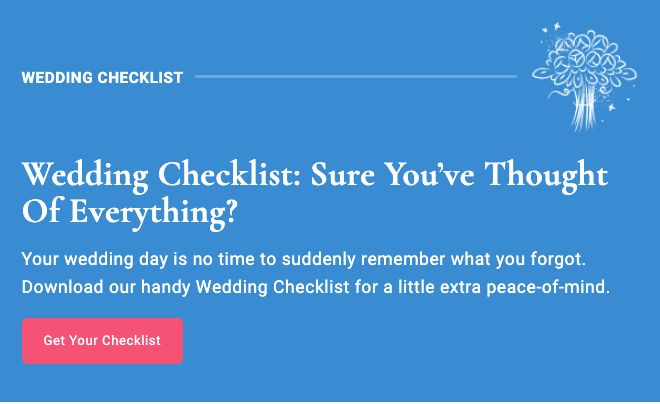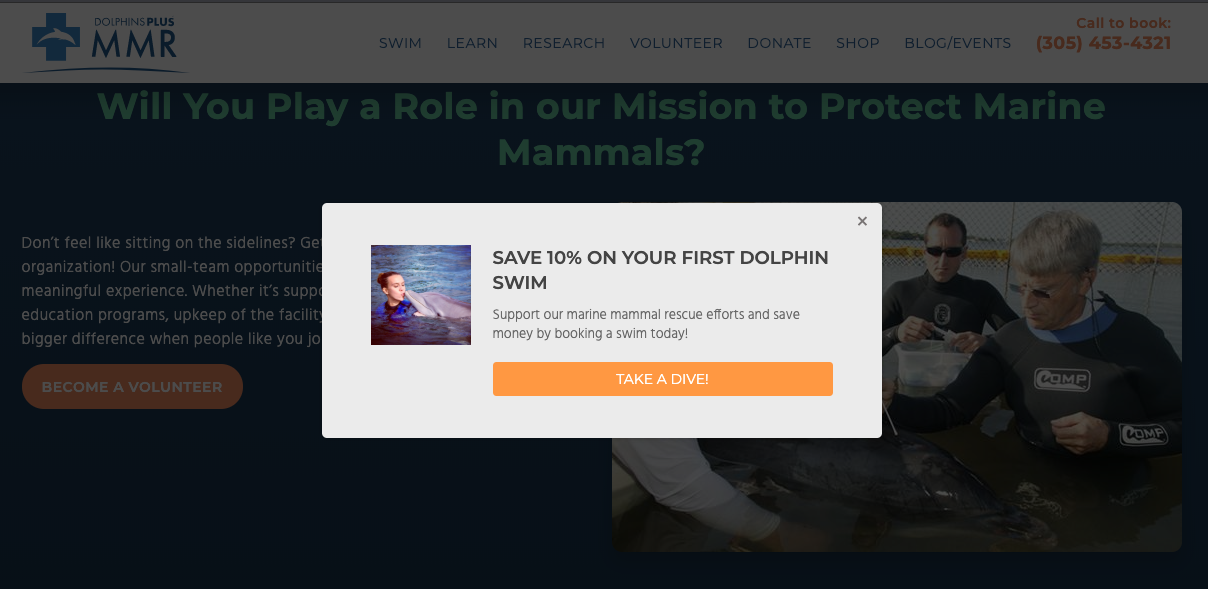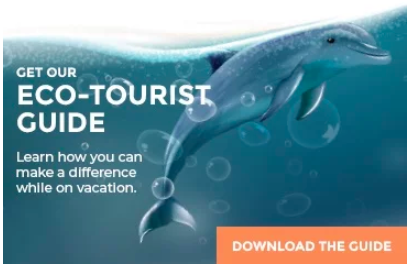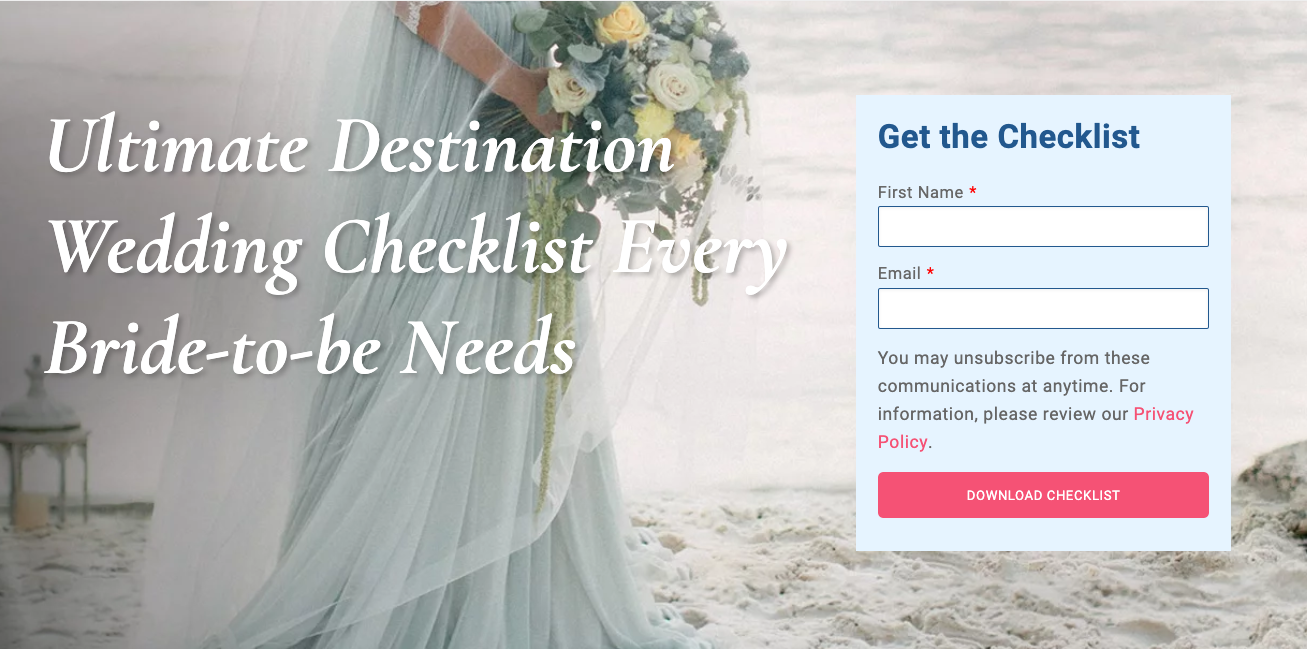Is your website producing new leads that you can turn into customers? We know that email marketing is one of the easiest and most cost-effective ways to generate new sales, in fact, according to a HubSpot article on Marketing Statistics for 2020, there are currently 6.69 billion email accounts in the world and content marketing gets three times more leads than paid search advertising. So, how do you get those leads in the first place?
Why lead magnets are proven tools for attracting new bookings online.
Buying lists has been a common practice in the past, but with an average response rate of less than 2%, this ineffective practice is also too costly. It is time for the tours and excursions industry to embrace the power of lead magnets on your website to generate new qualified prospects.







